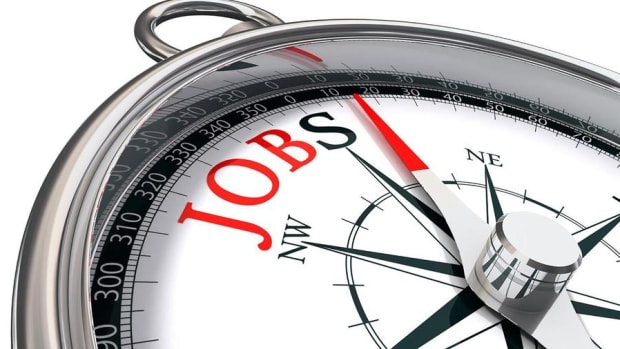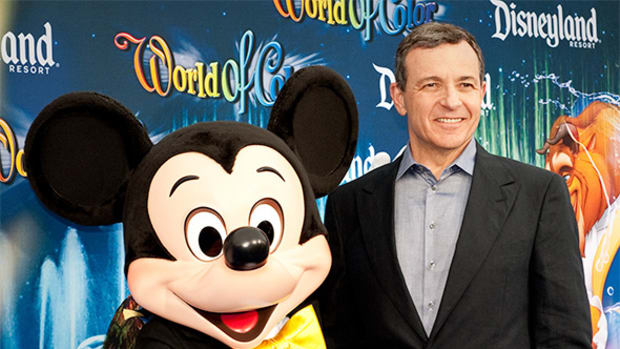Powell Speech Preview: Markets Seeking First Dovish Tilt As Rate Bets Fade, Dollar Retreats
Federal Reserve Chairman Jerome Powell is set to deliver a key policy speech Wednesday in Washington in what could be the last major address from a central bank official prior to its December rate-setting meeting.
Powell is slated to speak at 1:30 pm Eastern time at the Hutchins Center on Fiscal and Monetary Policy at the Brookings Institution on the outlook for the economy, inflation, and the changing labor market, with a question-and-answer session from the audience to follow.
Powell broke from the agreed Fed statement earlier this month, following the central bank's fourth consecutive 75 basis point rate hike, by insisting to reporters that it was "too soon" to consider a pause in rate hikes despite the Open Market Committee's clear indication that smaller increases, with an eye towards peak rates, would likely be required over the coming months.
Minutes of the Fed's November rate decision, in fact, showed that "a substantial majority of participants judged that a slowing in the pace of increase would likely soon be appropriate" in order to "better allow the Committee to assess progress toward its goals of maximum employment and price stability."
The U.S. dollar index, which tracks the greenback against a basket of its global currency peers, is on pace for its biggest monthly decline in ten years as investors re-set assumptions for Fed rate hikes following the softer-than-expected October CPI reading.
The CME Group's FedWatch, in fact, now suggests a 67.5% chance of a 50 basis point rate hike next month, which would take the benchmark Fed Funds rate to a range of between 4.25% and 4.5%, with the bulk of expectations pointing to a peak Fed Funds rate of between 5% and 5.25% by early spring before the central bank starts to pause its rate hiking cycle.
To that end, markets are likely to scrutinize the Fed Chair's comments on both the strength of the labor market, with Friday's jobs report looming, as well as the sense that inflation pressures are set for an accelerated retreat over the coming months.
Traders are also likely to be wary of Powell's ability to spook markets, particularly given the reaction to his keynote address in Jackson Hole, Wyoming, in August, when a hawkish address to the Fed's central bank symposium triggered a 16% drawdown for the S&P 500 over the following month and lifted the dollar index to its highest levels in more than two decades.
"We expect Powell will signal that rate hikes will continue into next year, but that they are working in slowing runaway inflation," said Nigel Green, CEO of the London-based deVere Group. “We believe he will say that consumer spending has slowed, the property market is cooler, and business investment has fallen, but that the labor market is still very tight."
"Powell will reinforce expectations of a shift to a 50-basis-point rate hike (in December)," he added, but cautioned that he will not want to "over-excite the markets, therefore he will still sound pretty hawkish, but any indication of stepping down on rate hikes, which we expect, will fuel markets.”
That said, headline inflation, last pegged at 7.7%, remains a long way from the Fed's preferred 2% target, and tight labor markets continue to suggest that wage pressures could remain firmly embedded well into the coming year. Consumers are also showing noted resilience, with Cyber Monday sales rising more than 5.8% from last year to a record $11.3 billion.
Powell's remarks must also be squared against the sharpest inversion of the U.S. Treasury yield curve since the early 1980s, with the gap between 2-year and 10-year notes holding at around 75 basis points.
Beyond that, the yield of 1-month Treasury bills is now sitting at 4.014%, some 23 basis points over 30-year bonds, a level of inversion that has preceded each of the last three recession.
However, the Atlanta Fed's GDPNow forecasting tool suggesting the U.S. economy is growing at a 4.3% clip in the fourth quarter, up from its 4.2% estimate earlier this month.
"I think no one knows whether there’s going to be a recession or not and, if so, how bad that recession would be," Powell told reporters on November 2. "And our job is to restore price stability so that we can have a strong labor market that benefits all over time. And that’s what we’re going to do."





